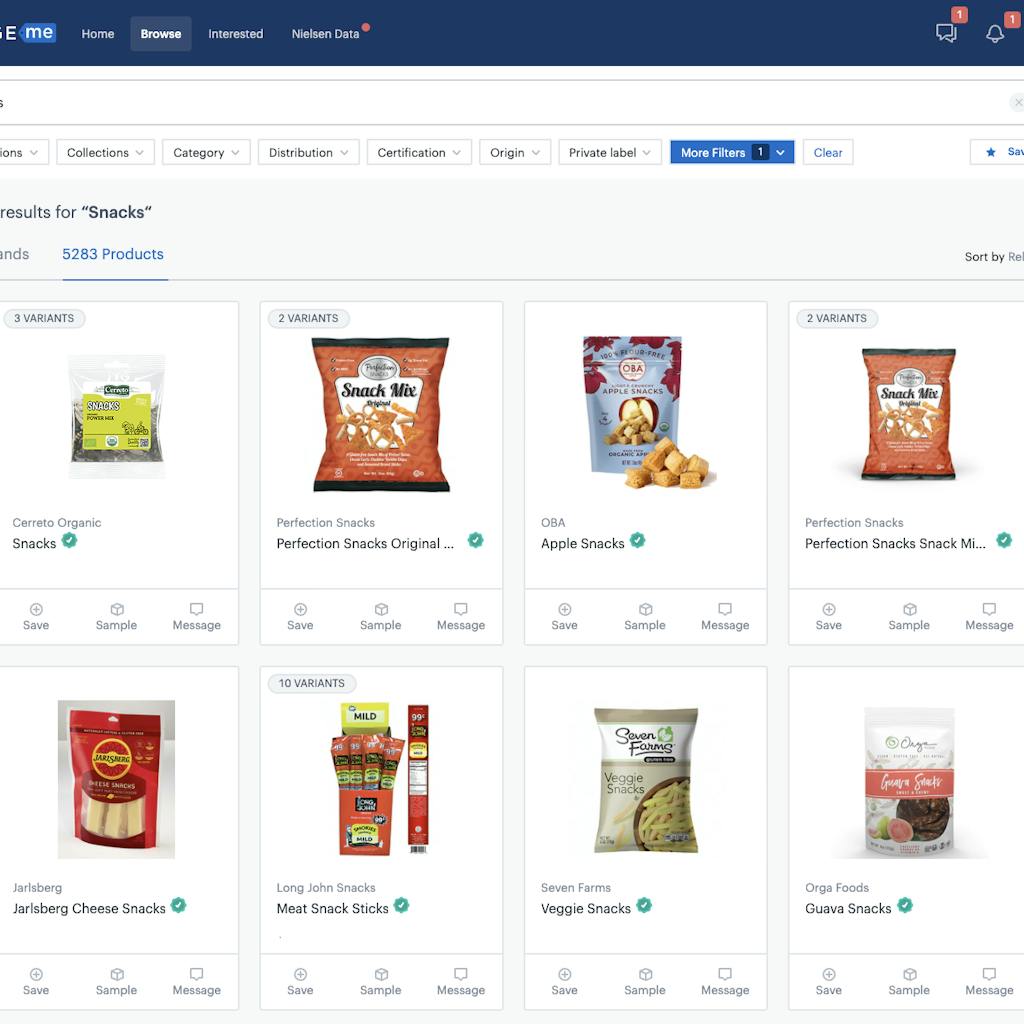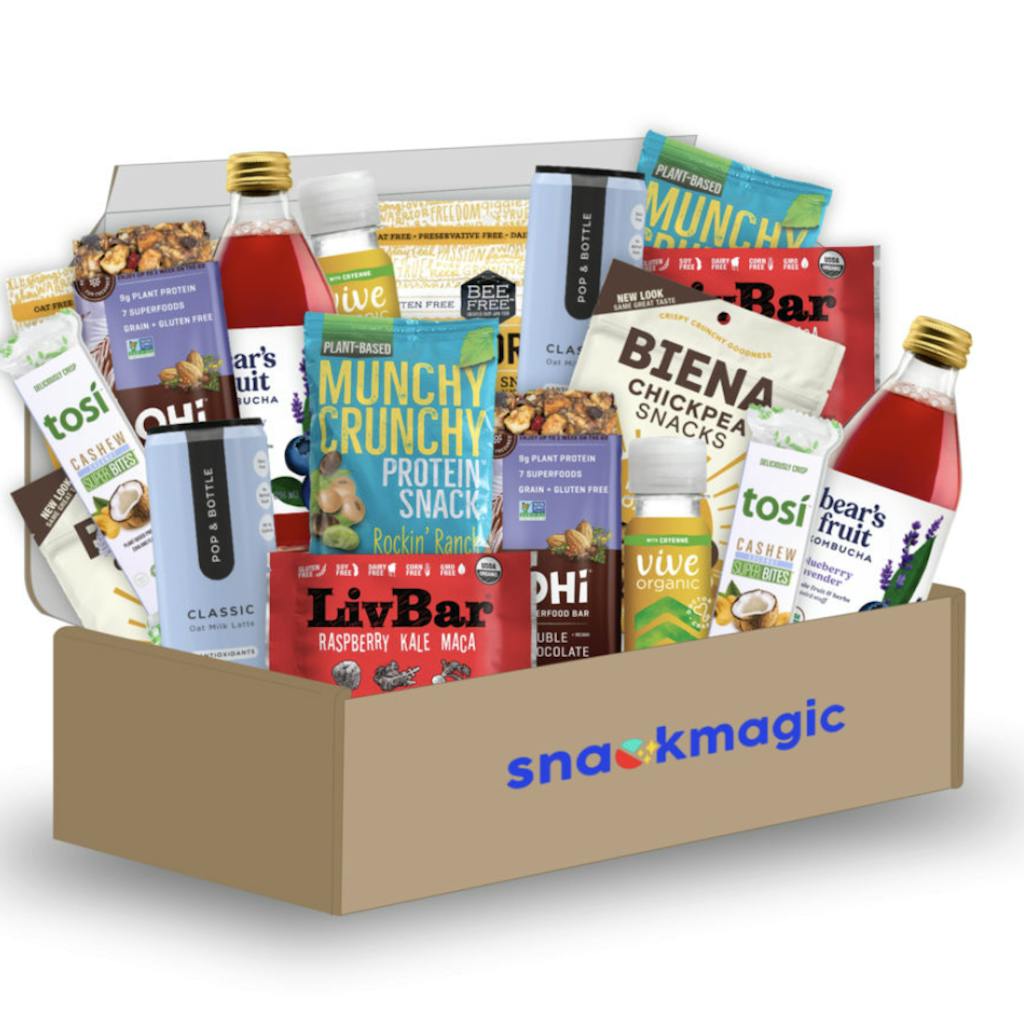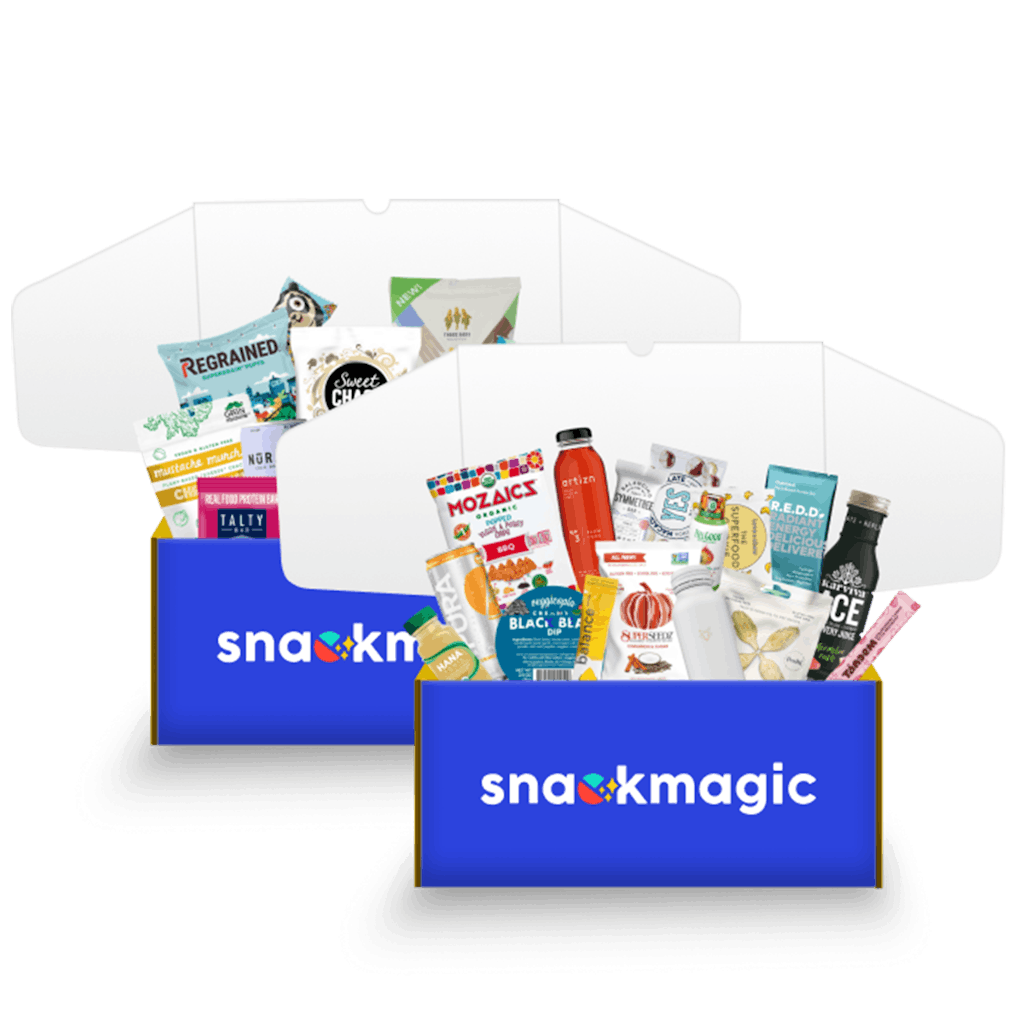There is quite possibly nothing more exciting than receiving a surprise present. Well, what if you knew that the contents inside would be directly curated to all your wants, needs, and interests? Even better. What makes subscription boxes so popular is the element of mystery and value. Plus it’s something to look forward to every month or season.
What is a subscription box?
A subscription box is a specific assortment of multiple products shipped to customers on a recurring basis. There is an array of variations per industry, but they usually work in similar ways. Here are three common types of subscription box business strategies:
- Recurring deliveries: This involves boxes usually shipped every month. The main selling point of this model is cost and waste savings.
- Recurring payments: Recurring deliveries come along with recurring payments from customers. Many companies venture into the subscription box market because they can guarantee additional income each month, plus the value of each customer compounds over time.
- Themed boxes: Usually these boxes have a theme that connects all the curated products together. Themed boxes are an excellent way for smaller businesses to expose their products to a much larger audience with a multi-brand subscription box.
How SnackMagic put the magic into subscription boxes
Subscription boxes such as the build-your-own snack box company, SnackMagic, found a missing model within the build-your-own option for teams of people as small as 10 to those as large as thousands. Not only do they provide an easy answer for any kind of corporate or group gifting, they also provide an immersive and unique experience.
We asked Morgan Brod, Merchant Developer for SnackMagic, what makes their company stand out? She explains that they give their customers a vast scale of control. “Recipients have the option to either build their own snack stash from our menu of over 1,500 unique items or organizers can pre-select a curated box, from our variety of themes, that we will masterfully curate for them.” They also offer customizable swag and logo options to take their boxes to the next level.
If you’re considering launching your own subscription box service, take a look at the following steps businesses should take along with some advice from Morgan Brod.
Step one: Know your niche and customer
The first thing you need to do is determine what type of subscription box you want to sell. Figure out what you are passionate about and if it can be offered in a catered box. Consider who your target audience is and how to show consumers your subscription box is better than your competitors’.
When it comes to starting a subscription box, “Think outside the box (even outside our bright, eye-catching snack boxes) and find a dynamic way to connect the consumer to your product,” says Brod. “Once we understood what we were working towards, we were able to develop our brand’s image and fill in the missing pieces.”
You want to understand your customer as a person, not just a form of income. Use polls, surveys, or even talk to friends or acquaintances and ask about buying habits, interests, motivations for purchasing, median income, or potential sensitivities. This will help you better curate the products they’ll love.
Step two: Decide on your subscription model type
Do you want a convenience or discovery type of subscription model? Convenience commerce revolves around receiving the same products automatically on a repeat purchase basis. A discovery commerce helps consumers discover and sample new products they might not have otherwise known of or purchased.
For example, SnackMagic has created a customized discovery model. This model works for their target audience of gift-givers because it provides them with the confidence that what they gift someone is something special and customized to their wants and needs. Giving a friend, colleague, or family member a unique gift that is chosen specifically for their preferences is bound to make a lasting impression on any recipient.
Step three: Create content
Come up with a basic content plan and design for your site. At a minimum, you should have a main landing page with more info and how to subscribe to your box. And you should most definitely have a social media plan for several different platforms to communicate your subscription service and create excitement around each monthly box.
Step four: Set your pricing strategy
You want to choose the best way to maximize your profit margin while serving as many customers as possible. This may be through tiered pricing, single-cost sales, or allowing one-time purchases.
Step six: Find suppliers, source inventory, and build relationships
Sourcing suppliers is crucial to establishing a lasting and successful subscription box business. You need to find quality products for a price you can afford. In some cases, you can source free products where suppliers cover the costs, while you focus on fulfilling the orders. To achieve this relationship, you have to convince suppliers that the marketing benefits from your box outweigh any costs.
Another option is paid product sourcing, which typically involves signing a contract with a vendor who will sell you products at a set price. This price is usually below MSRP, but most orders also require a minimum order quantity.
If you are looking to source suppliers and find products across consumer packaged goods categories for your boxes, RangeMe is your solution for simplified discovery. “RangeMe has been a very helpful tool for us, especially in our early stages when we were onboarding suppliers heavily and consistently. It is such an easy way to connect the buyer to a vast network of brands,” explains Brod.

Step seven: Build a pre-launch strategy
Once you have your product offering sorted out, it’s time to start creating an online presence for your business so when you launch customers will swarm to be a part of your community! Here are a few ways you can create hype around your launch:
- Build social media presence: Create your business Instagram, Facebook, Twitter, and TikTok. Target consumers who may be interested in your services and talk to influencers about collaborating or advertising your product.
- Create a pre-launch page: By creating a page, you can briefly tell consumers about your subscription business and have them sign up as pre-subscribers who will get early access.
- Gain email signups and pre-subscribers: Your pre-launch page can collect email addresses of interested people so you can communicate with everyone once you launch!
Step eight: Create your website
You may decide to go with the pre-subscriber approach by using an external platform. If not, you need to consider multiple aspects when deciding what e-commerce route to use. Do your research on this end, but make sure you choose a platform or solution that:
- Matches your size and reach
- Has good reviews and is trustworthy
- Coincides with your brand aesthetic and vision
- Supports you when you have a technical problem or customer issue
- Creates an enjoyable customer navigation experience
Phew! I know that was a lot of information to take in. But there is truly no rest for the wicked (wicked good companies, that is!) when you start a subscription box. And to be honest, there is an endless amount of information outside of these steps that you should know and follow before you begin this journey.
If starting your own subscription service isn’t for you and you would rather see your products inside the box, read my guide on what you need to know when partnering with subscription box retailers.




